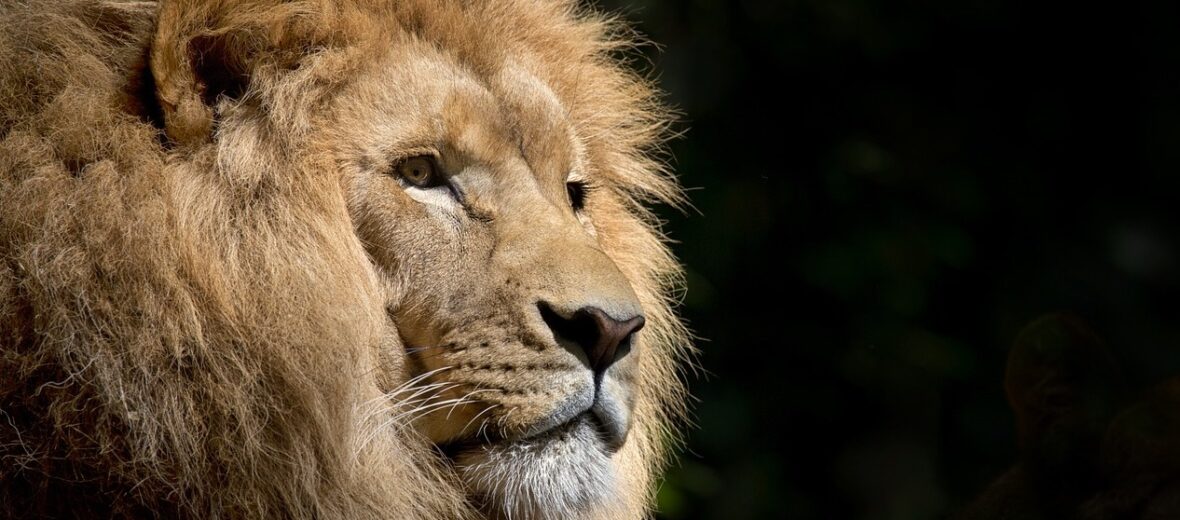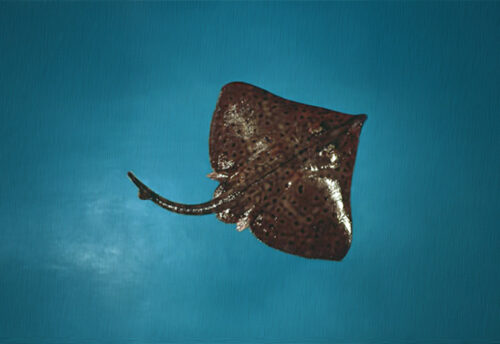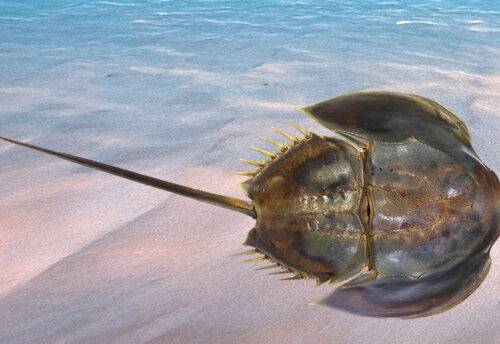
Second in size only to the tiger, the lion is the largest cat in Africa! They can be found in savannas, deserts, plains, grasslands, dense bush, and woodlands. They have been abundantly featured in books, movies, and folk tales and are a magnificent animal to behold. However, their habitat is continually being encroached upon by humans and their numbers dwindle each day. These magnificent cats are listed as Vulnerable by the IUCN.
First the Stats…
Scientific name: Panthera Leo
Weight: Up to 600 lbs.
Length: Up to 6.8 feet, plus up to a 3.4 foot tail
Height: Up to 4 feet, at the shoulder
Lifespan: Up to 30 years
Now on to the Facts!
1.) A lion’s retractable claws can be as long as 1.5 inches.
2.) Their canine teeth are a whopping 4 inches long!
3.) Lions have round pupils which allows for more light to filter in for hunting at night.
4.) A lion is a social animal that can live in prides of up to 30 individuals. Typically, cats are solitary. But with lions, there are only solitary males while they seek to find a pride to call their own.
5.) Lion prides hunt in packs and prefer to hunt large-sized ungulates (hoofed animals) like wildebeest, buffalo, zebra, and gemsbok. They will also even go after baby elephants and giraffes.
But wait, there’s more on the lion!
6.) Females do most of the hunting. Males will hunt when assistance is needed and will hunt when they are solitary (not belonging to a pride).
7.) When available, a male lion will gorge themselves eating up to 15% of their body weight. That’s up to 90 lbs. of meat! That being said, this will cause them to slip into what is playfully known as a food coma.
Did you know…?
A lion’s roar can be heard up to 2+ miles away!
8.) They make a variety of sounds such as grunts, roars, moans, snarls, growls, meows, purrs, hums, puffs, and even woofs!
9.) When a cub is born they are born with blue eyes that eventually fade to amber or brown as they age.
10.) Humans are the lion’s only predator.
Now a Short Lion Video!
Also, check out the Critter Science YouTube channel. Videos added frequently!
Want to suggest a critter for me to write about? Let me know here.



